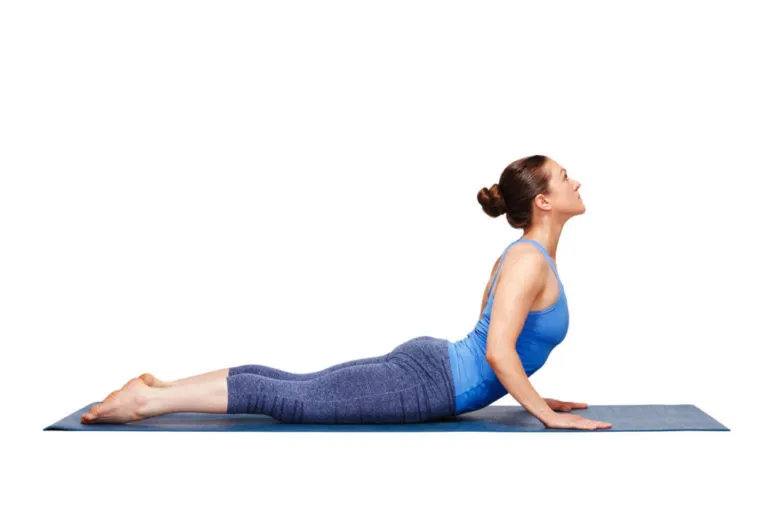



Exercises for Flat Back Syndrome | Yashar Neurosurgery





With flat back syndrome, the lower spine loses some of its curvature. Normally, the spine has several gentle front-to-back, or sagittal, curves. These occur in the lower spine, middle spine, and neck. Together, these curves keep the body’s center of gravity aligned over the hips and pelvis. When the lower spine loses its inward curve, it throws off the patient’s balance. This is flat back syndrome. Symptoms Flat back syndrome has a few symptoms: - Difficulty standing upright - Chronic pain - Difficulty with daily tasks If you feel you are being pitched forward due to a loss of “sway” in the lower back, you may have flat back syndrome. Besides back pain, flat back syndrome causes significant disability. Treatments Dr. Yashar is a highly-skilled [Neurosurgeon in Los Angeles](https://dryashar.com/) with a special emphasis on Brain and Spine surgery. He will guide you through nonsurgical options before recommending spinal surgery. The first line of defense is physical therapy with gait and posture training. Dr. Yashar will also prescribe exercises you can do at home. If you need it, you can also take pain medication. Sometimes, following these suggestions does not provide relief. This is when the doctor will recommend surgery. Structural problems and severe misalignment are other reasons to pursue surgery. Muscle Weakness Patients with flat back syndrome experience the head pitching forward, away from the body. This causes trouble standing upright. In turn, you feel muscle fatigue. Addressing flat back syndrome through exercise can restore some of your natural spine curvature. It also prevents the pain associated with pressure on the nerves. Flat back syndrome causes tight hamstrings, weakening of the hip muscles, and weakening of the abdominal muscles. To correct these imbalances, doctors recommend the following exercises. Exercises Physical therapy for flat back syndrome has three main goals. You want to strengthen the core (abdominal muscles) and the hip muscles and stretch and flex the hamstrings. The exercises below do all these things. Strengthening the Core Serpent Pose Often done in yoga, the serpent pose helps stretch the back and shoulders. It also helps counteract tightness in the upper abdominal muscles. To do this pose, lie on your stomach on a yoga mat or another flat, clean surface. Place your hands flat on the mat directly under your shoulders. Feel your legs stretching back all the way to your toes. Feel your head stretch forward and upwards until your shoulders are one to two feet off the floor. Press down with your hands for balance. The Bird-Dog Use a yoga mat. Stand on all fours: hips directly under knees and hands directly under shoulders. The space under your body should form an even square. Lift your right arm straight up, shooting forward at shoulder height. At the same time, stretch your left leg straight back and up to hip level. Try to achieve a sense of alignment. Try to balance your weight evenly. Release and switch sides. Stretching and Flexing the Hamstrings Standing Forward Fold The standing forward fold is another common yoga pose. It calms the mind and stretches the whole body, especially the hamstrings. It also relieves pressure on the lower back. [ Read detailed instructions from Yoga Journal](https://www.yogajournal.com/poses/standing-forward-bend). Use a yoga block or stack of books if you can’t reach the floor. Also, feel free to bend your knees slightly to make the pose more comfortable. Foam Rolling Use of foam rollers can help loosen tightness in the hamstrings. Foam rolling has many benefits. The benefits come from myofascial release. Myofascial release is a process which relaxes contracted muscles. This improves blood and nutrient flow to the area. Myofascial release is popular in the fitness community. It has been used to treat athletes for decades. According to [www.developgoodhabits.com](http://www.developgoodhabits.com/), foam rolling has eight major benefits: - Increased blood flow - Improved movements - Better range of motion - Decreased injury risk - Decreased recovery time - Ability to exercise more frequently Massage Therapy Getting regular massages is a great way to release tight muscles and increase blood flow. Massage also releases feel-good chemicals in the brain that lessen physical pain. Strengthen the hip muscles Chair March Sit in a chair with your shoulders squarely over your knees and your knees squarely over your ankles. March in place. That’s it. The hip muscle used to do this exercise is the same one affected by flat back syndrome. Flat Back Syndrome Relief Dr. Yashar at Yashar Neurosurgery is a top provider of brain and spine surgery in Greater Los Angeles. Dr. Yashar was [featured on KCAL 9](https://youtu.be/5d-EM2olsqQ) speaking about an area of his expertise. He believes in exhausting all conservative treatment methods before considering surgery. Dr. Yashar’s [spine procedures](https://dryashar.com/spine/) are minimally invasive and use the latest surgical techniques. He takes pride in being involved in every step of the treatment process from consultation to recovery. [Click or call Yashar Neurosurgery at 424-0361-0923 to make an appointment today. ](https://dryashar.com/contact-us/)





Get in touch today
Please complete and submit the form below and a member of our staff will contact you shortly.


